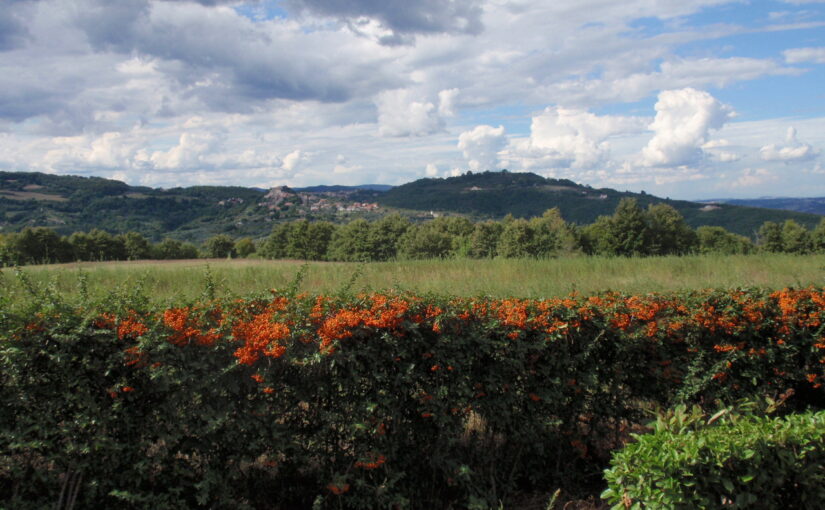Tuesday, November 29
A good walk in the garage with sports-like motifs. Then we went to Blue Bar for a visit with Erika (and Antonny). Then lunch and a zombie nap sitting up in the recliner. Flashes all day of walking shuffle-free, not very sustainable but give them time.
Wednesday, November 30
Some of the warmup moves Roman has encouraged over the past week of walking are beginning to pay off. Not shuffling is a tad more sustainable than it has been. There have been pins and needles in my hands, which may foretell improvements in manual dexterity (like typing!). The hands are much less likely to snarl and claw when I walk. All little things, but undeniably positive.
Thursday, December 1
I woke around 05:30, got up an hour or so later, tried for twenty minutes to finish in the recliner, failed, and went back to bed. I have vague memories of noisy turnings over, and of hearing Iryna arrive around eight, then everything is a blank until we got back to the apartment around 11:00. Iryna filled me in this evening and it was as if I had been sleepwalking all that time; I rose without help, then followed breakfast, teeth, toilet, dressing. I asked for a nap before we left, repeatedly inquired as to the day. We wheeled to the Duomo, did three laps on the sunny side and one across the front, went to the Cat Park where I took a nap, met and conversed with three people on the way home; and I remember nothing until we were in the elevator going up, maybe even later. Iryna said that the strangeness of my behavior this morning worried her. Worries me.
The rest of the day was pretty normal.
Friday, December 2
Friend says not to worry about the sleep activity episode, that Janice would explain. Janice says that higher-than-normal levels of dopamine while asleep will cause the phenomenon, and that if it happens again that there is an easy fix. It was still weird. She also affirms that the brain is seeking an effective level of production and distribution of dopamine and overshot the mark.
But today, even though there is little change in movement objectively, I feel more solid, less like I’m trapped by the symptoms. This may be another passing phase, but the feeling of distance is welcome.
Yesterday, Roman bought three generators with money donated to Ukrainian relief and shipped them to Ukraine. He could have bought more, but there were none left in the area.
Saturday, December 3
Distance from symptoms continues. Good walks, morning and evening. Creeping around the apartment. Nothing noteworthy, except an uptick in typing skills.
Sunday, December 4
A lazy day with good walks morning and evening. The rain makes me want to be out, alone with an umbrella. Typing continues improved. Tension in right hand and arm considerably reduced (and tremor).
Monday, December 5
The left knee hurt like hell this morning’s walk, this evening no pain at all, not even the random pop. The right arm continues to be looser. Had a zombie nap this afternoon that took at least an hour to recover from. In many ways I feel stronger, in other ways I am fundamentally confused. The following quote helped alleviate some confusion.
From a footnote on page 34 of “Recovering from Parkinsons” by Janice Hadlock:
“Myth about Parkinson’s disease debunked”; ScienceDaily, 9-16-2014, www.sciencedaily.com/release/2014/09/140916084909.htm, based on “Three mechanisms by which Striatal Denervation causes Breakdown of Dopamine Signaling”; J.K. Dreyer; Journal of Neuroscience; 2014; 34 (37): 12444 doi: 10.1523/JNEUROSCI; 1458-14.201.
This article, like others, points out that, at the time of diagnosis, people with Parkinson’s have more than enough dopamine in the brain. This article’s point is that, for some inexplicable reason, dopamine is present in the brain but isn’t used to provide motor function in people with Parkinson’s.
This is not actually inexplicable. Dopamine release for motor function is supposed to be inhibited when a person is sleeping or on pause. After decades of not using striatal neurons because of being on pause, the brain, ever efficient and thrifty, begins to modify some of the un-used striatal neurons. Based on resumption of normal motor function that I’ve seen in recovered patients, it seems as if the brain restores these neurons when pause is turned off and parasympathetic mode’s dopamine-driven motor function is called for once again.
